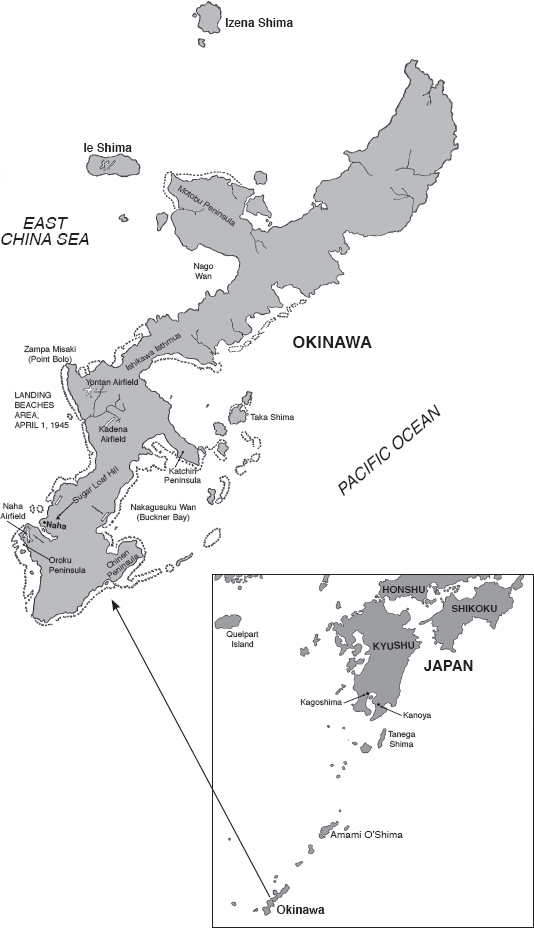
RAIN OF
STEEL
RAIN OF
STEEL
Mitschers Task Force 58,
Ugakis Thunder Gods, and the
Kamikaze War off Okinawa
STEPHEN L. MOORE
Naval Institute Press
Annapolis, Maryland
This book has been brought to publication with the generous assistance of Edward S. and Joyce I. Miller.
Naval Institute Press
291 Wood Road
Annapolis, MD 21402
2020 by Stephen L. Moore
All rights reserved. No part of this book may be reproduced or utilized in any form or by any means, electronic or mechanical, including photocopying and recording, or by any information storage and retrieval system, without permission in writing from the publisher.
Library of Congress Cataloging-in-Publication Data
Names: Moore, Stephen L., author.
Title: Rain of steel : Mitschers Task Force 58, Ugakis Thunder Gods, and the Kamikaze war off Okinawa / Stephen L. Moore.
Other titles: Mitschers Task Force 58, Ugakis Thunder Gods, and the Kamikaze war off Okinawa
Description: Annapolis, Maryland : Naval Institute Press, [2020] | Includes bibliographical references and index.
Identifiers: LCCN 2020012670 (print) | LCCN 2020012671 (ebook) | ISBN 9781682475263 (hardcover ; alk. paper) | ISBN 9781682475317 (electronic)
Subjects: LCSH: World War, 19391945CampaignsJapanOkinawa Island. | Mitscher, Marc Andrew, 18871947. | United States. Navy. Task Force 58History. | Fighter pilotsUnited StatesInterviews. | Ugaki, Matome, 18901945. | Kamikaze airplanes. | World War, 19391945Aerial operations, American. | World War, 19391945Naval operations, American. | World War, 19391945Naval operations, Japanese. | World War, 19391945Aerial operations, Japanese.
Classification: LCC D767.99.O45 M57 2020 (print) | LCC D767.99.O45 (ebook) | DDC 940.54/252294dc23
LC record available at https://lccn.loc.gov/2020012670
LC ebook record available at https://lccn.loc.gov/2020012671
 Print editions meet the requirements of ANSI/NISO z39.48-1992
Print editions meet the requirements of ANSI/NISO z39.48-1992
(Permanence of Paper).
Printed in the United States of America.
28 27 26 25 24 23 22 21 209 8 7 6 5 4 3 2 1
First printing
CONTENTS
OKINAWA CAMPAIGN AREA, 1945
PROLOGUE
M arsh Beebes blue eyes were sore as he blinked heavily into the blinding white light. His momentary confusion was replaced almost instantly by a sense of responsibility.
Whats the news? he demanded.
The quartermasters messenger looked perplexed as Lieutenant Commander Beebe scrambled from his stateroom bunk, demanding to know the latest overnight details about his five lost pilots. The young sailor said he was unaware and reminded him, Commander, its time to get up. You left a call for 0400.
Beebe rolled out of his bunk and mechanically crammed his five-foot-ten, 175-pound frame into his flight dungarees, left ready the night before so that he could dress in less than a minute. As the fighter-squadron skipper rushed to grab a cup of coffee, his mind ran through the events of the previous evening.
Five fighter pilots of his squadron, Composite Squadron 39 (VC-39), had taken off in the late afternoon of November 23, 1943, from the light carrier Liscome Bay (CVE 56) for a dusk patrol to intercept several bogies (enemy aircraft) indicated on the ships radarscope. Beebes pilots had encountered a severe storm en route, and all communication with them had been lost.
His pilots were like his children. A native of Anaheim, California, Beebe had been an aviator himself since earning his golden wings in 1937, and he found flying to be addictive. Every time I climbed in an airplane, it was a thrill to me, he said. During college, Beebe had played varsity football and basketball, graduating with majors in mathematics and physics from Occidental College. He had been commissioned as an ensign in the U.S. Navy in March 1941 and had worked his way up the ranks until being

Unlike the Navys larger fleet carriers, Liscome Bay was a small flattop, derisively handed such nicknames as jeep carrier and Kaiser coffin. Such escort carriers, given the naval designation of CVE, were typically half the length and a third of the displacement of full-sized fleet carriers, which displaced more than 27,000 tons. Once America was thrust into World War II, there was an urgent need to quickly build new aircraft carriers to replace those lost during the early naval actions of 1942. Shipbuilder Henry J. Kaiser soon won over President Franklin D. Roosevelt on the idea of his ability to rapidly construct smaller aircraft carriers, the earliest of these being hastened along by building upon modified merchant-ship hulls.
The Kaiser shipyards at Vancouver, Washington, cranked out new escort carriers at a pace far superior to the timeline generally required of larger flattopsbut at a price. They were smaller, slower, lightly armored, and generally less able to withstand severe damage. Many of the escort-carrier crews would sarcastically remark that their ships designation actually stood for Combustible, Vulnerable, and Expendable. Liscome Bay displaced only 7,800 long tons, was 498 feet in length, and carried only twenty-seven aircraftless than one-third the capacity of a fleet carrier.
Liscome Bay and Marsh Beebes VC-39 air group had departed San Diego for the Pacific on October 21, 1943, arriving just in time to take part in the Central Pacific campaign to take Tarawa and Makin Islands in late November. Late on the afternoon of November 23, five of his Grumman F6F Hellcat fighters, sent to chase a potential bogey, had disappeared from the radarscopes as massive thunderclouds swept the area. Long after dark Beebes pilots still could not be raised via radio. Their skipper and the carrier divisions chief of staff, Commander John Crommelin, had placed calls to other carriers in their task force, but they had received no word about the missing pilots. Beebe had spent anxious hours awaiting their return but knew nothing more of them before finally turning in close to midnight.
Unknown to Beebe at the time, his lost sheep had found refuge within another American carrier task force some sixty miles away. Lieutenant David C. Bagby, Lieutenant (jg) George McFedries, and Ensign Richard Cowger landed without incident on the fleet carrier Yorktown (CV 10) at 1843. A fourth Liscome Bay pilot, Lieutenant Foster J. Blair, overflew the flight-deck barrier and crashed into parked planes. Two Yorktown crewmen were killed, and eight other men were injured, including Blair and Cowger. The fifth VC-39 pilot, Lieutenant R. M. Wells, shuffled over to the carrier Lexington (CV 16) and landed safely at 1947.
As Lieutenant Commander Beebe sipped his coffee during the predawn hours of November 24, he still had no news of these five pilots. He decided that after his morning combat air patrols (CAPs) were launched, he would send out a search patrol at 0800 if Lieutenant Bagbys flight was still missing. He stopped by the ready room to ensure that his flight officer had the mornings pilot briefing well in hand. Beebe then scurried below to his quarters, a former linen locker located two decks below the flight deck and directly above Liscome Bays hangar deck, to gather his shaving gear and prepare for what might be a long day. Beebe grabbed his razor, slung a towel over his arm, and ducked into the nearby head to have his shave.
Next page


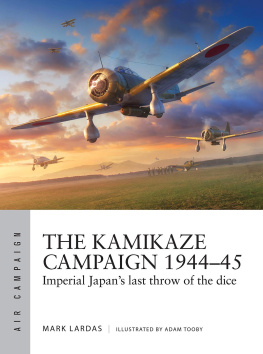




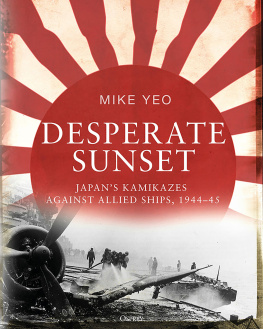
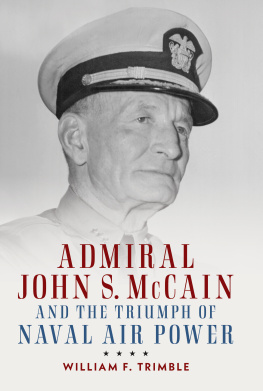
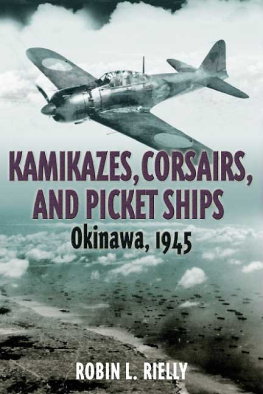
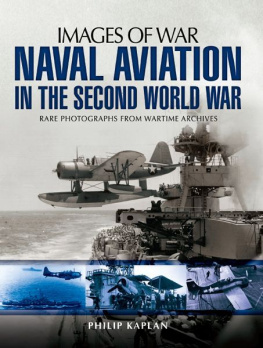
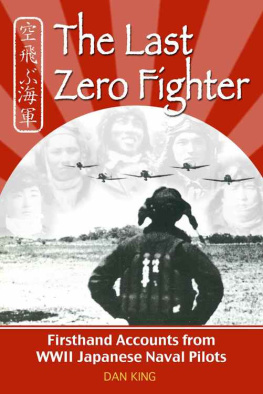

 Print editions meet the requirements of ANSI/NISO z39.48-1992
Print editions meet the requirements of ANSI/NISO z39.48-1992